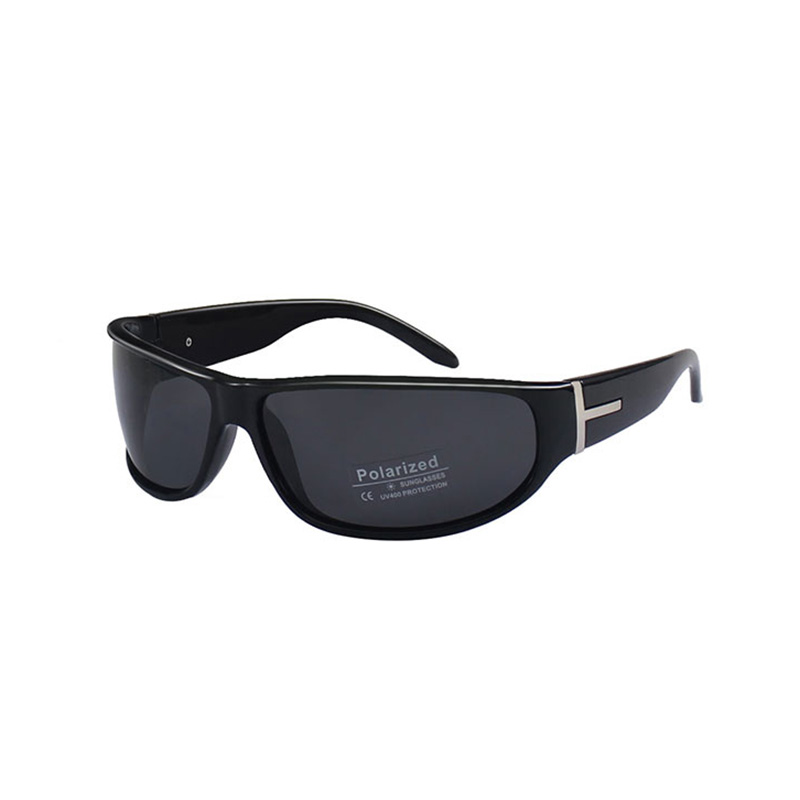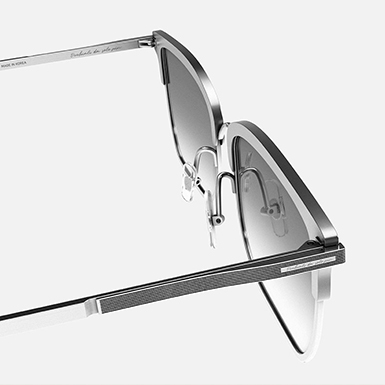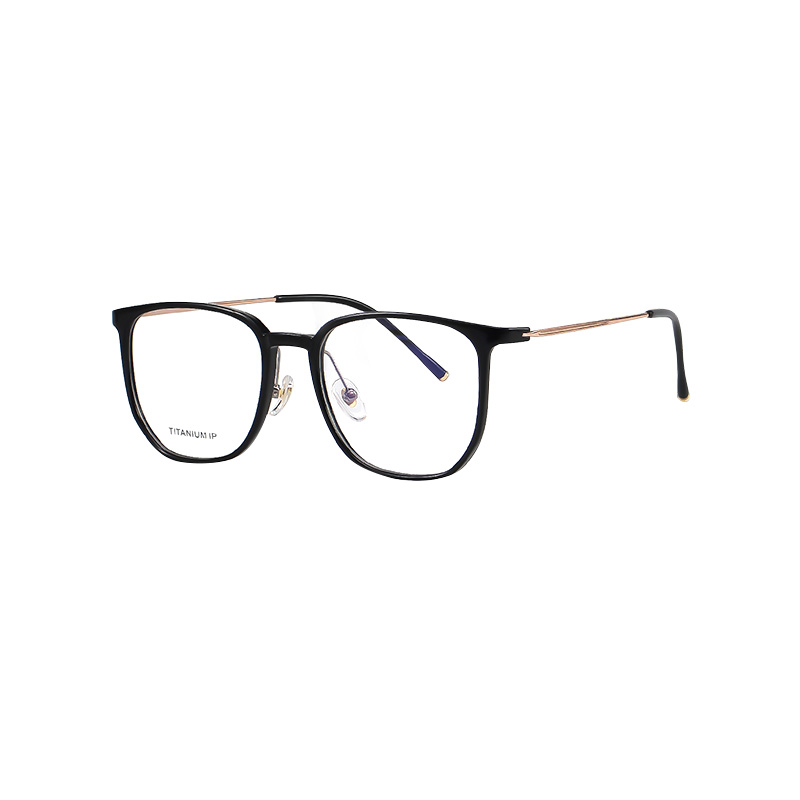Blue Light Blocking Glasses Gain Popularity Amid Increased Screen Time
Oct 31,2025
With the rise of digital device usage, blue light blocking glasses are becoming increasingly relevant for individuals seeking eye comfort and visual protection. These glasses are designed to filter or block high-energy blue light emitted from computer screens, smartphones, tablets, and LED lighting. As people spend more hours on digital devices for work, education, and entertainment, interest in eyewear that reduces visual strain has grown significantly.
Blue light blocking glasses function by using specially coated lenses that absorb or filter specific wavelengths of blue light. While not all blue light is harmful, prolonged exposure to certain high-energy visible (HEV) light can contribute to eye fatigue and discomfort. By mitigating these effects, blue light glasses aim to provide a more comfortable viewing experience during extended screen use.
Research indicates that extended exposure to screens can symptoms commonly referred to as digital eye strain. These include dry eyes, blurred vision, headaches, and difficulty focusing. Blue light blocking glasses are intended to alleviate some of these symptoms by reducing glare and optimizing visual contrast. Users have reported increased comfort during long periods of screen use, which can support productivity and reduce eye fatigue in both professional and personal settings.
Modern blue light blocking glasses come in a variety of styles suitable for different age groups and face shapes. Many feature lightweight frames, adjustable nose pads, and comfortable temple designs to ensure long-term wearability. Some lenses also include anti-reflective coatings, which enhance clarity and further reduce glare from screens and overhead lighting. This combination of features contributes to both functional and aesthetic appeal.
Beyond individual comfort, blue light blocking glasses have become a point of interest in workplaces and educational environments. Employers and educators recognize that prolonged exposure to screens is a common aspect of modern tasks and learning activities. Providing or recommending eyewear designed to reduce eye strain can help support the well-being of employees and students while maintaining focus and productivity.
While blue light glasses can improve comfort, experts emphasize that they should be part of a broader approach to eye health. Practices such as regular breaks from screens, proper lighting, maintaining an appropriate viewing distance, and practicing eye exercises are also important. Blue light blocking glasses complement these measures rather than replacing them, offering an additional layer of support for eye health in a digital world.
The technology behind blue light filtering continues to evolve. Newer lenses are designed to provide a balance between blocking potentially harmful blue light and preserving color accuracy for natural viewing. This ensures that colors on screens remain true while still offering the benefits of reduced glare and eye strain. As screen usage patterns continue to expand, such innovations are likely to influence future eyewear design and standards.
In conclusion, blue light blocking glasses are gaining recognition as a practical tool for addressing the challenges of prolonged screen exposure. By filtering high-energy visible light, they help reduce visual discomfort, support eye health, and enhance user comfort during extended periods of digital activity. As awareness of digital eye strain grows, blue light glasses are likely to become a common accessory for individuals of all ages in professional, educational, and recreational settings.
 PREV:
PREV:PC Frame Sunglasses: Sleek Style and Reliable ProtectionNEXT:
Nylon Lens Sunglasses: Comfort and Protection for Outdoor Activities

Your email address will not be published. Required fields are marked *
You can contact us at any time, and we will reply to you within 24 hours.



 English
English русский
русский Français
Français Español
Español عربى
عربى





